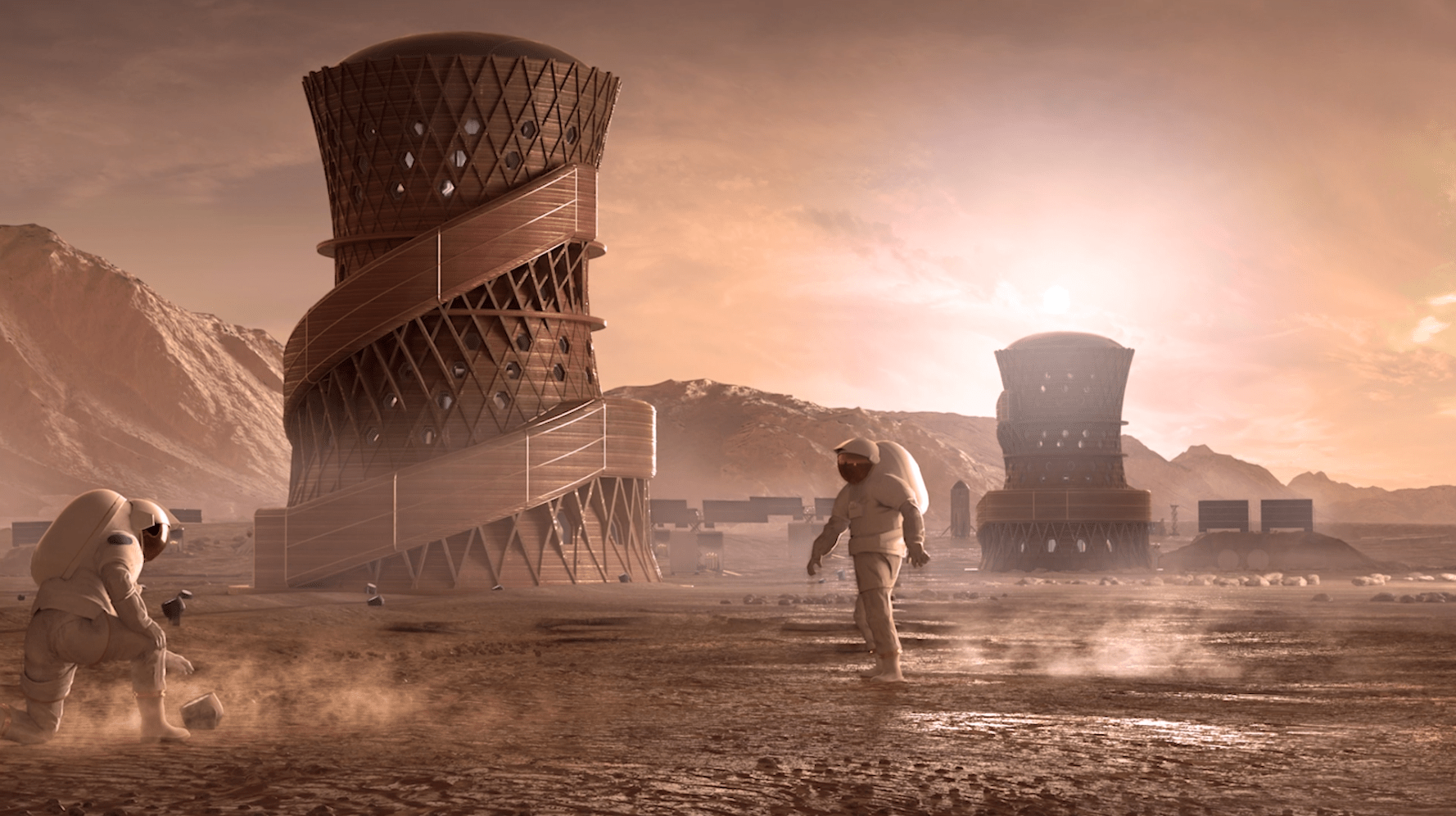Future bases on the Moon and Mars will be built using 3D printing technology
Introduction
The potential of 3D printing extends far beyond our planet. Initiatives such as NASA’s 3D-Printed Habitat Challenge are exploring the possibility of building habitats on the Moon and Mars. Using local materials for construction could significantly reduce the need to transport raw materials from Earth, which is crucial in the context of space missions. With 3D printing, it would be possible to create living conditions for future colonizers.
Return to the Moon
In connection with the return of man to the Moon after an absence of 50 years, NASA is implementing the Artemis program, which aims to put a human foot on the Moon again and provide a permanent presence at the base, similar to that on the International Space Station (ISS). However, building such a base is very expensive and complicated. It would be unprofitable to transport all the parts by rocket, so engineers are trying to come up with a way to create a base on the Moon, and later on Mars, using materials available there.

Figure 1 Visualization of the base on Mars
NASA 3D-Printed Habitat Challenge
In 2019, NASA has announced a competition to build a base for space exploration, including travel to the moon, Mars or beyond, using 3D printing technology. This competition consists of multiple stages in which teams compete in various 3D printing disciplines, such as modeling, material development and construction. In addition to supporting space exploration, the technologies developed through this competition could also lead to cheaper housing solutions on Earth and other benefits.
Simulation Missions
To prepare future astronauts for interplanetary travel, and primarily to study their behavior, as well as to test designed habitation structures, simulation missions are carried out. One such mission was Mars Dune Alpha, where the designed habitat was created using ICON’s Vulcan system.
The Vulcan system is a robotic gantry system, where a transverse beam with an extruder moves on two gantries, providing great stability. Lavacrete (the company’s proprietary material) was used for the print, which was dyed orange to resemble Martian regolith.
Moon base
Systems are also currently being developed that allow the construction of various types of structures on the Moon, including landing pads, roads and habitable or usable structures. One such system is ICON’s Project Olympus. Transporting materials is very expensive, so ICON is developing technologies to use available raw materials on the Moon. All that is needed to convert these raw materials into printer-ready material is energy. The material produced is fully derived from lunar dust, and exhibits greater strength than concrete and can be used in a high vacuum, which is crucial for building structures on the Moon.
 Rysunek 2 Materiał budowlany
Rysunek 2 Materiał budowlany
Summary
3D printing technology has the potential to revolutionize the way we think about building structures on the Moon and Mars. By using local materials and innovative approaches, future bases could become a reality, opening up new possibilities for space exploration and life beyond Earth. As programs like Artemis and the 3D-Printed Habitat Challenge continue to grow, we could witness remarkable advances in construction technology.


